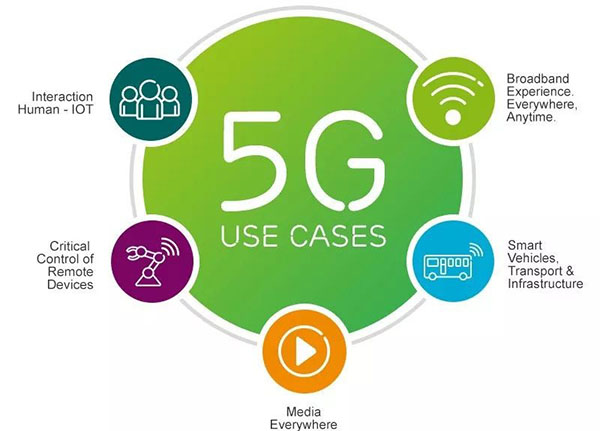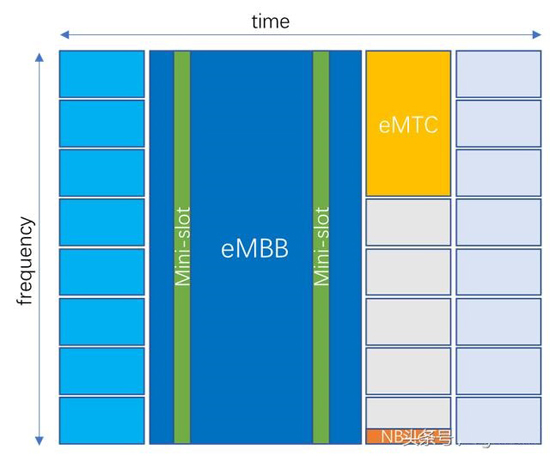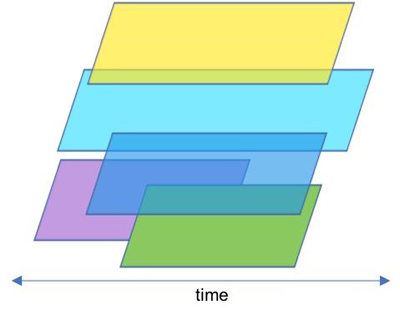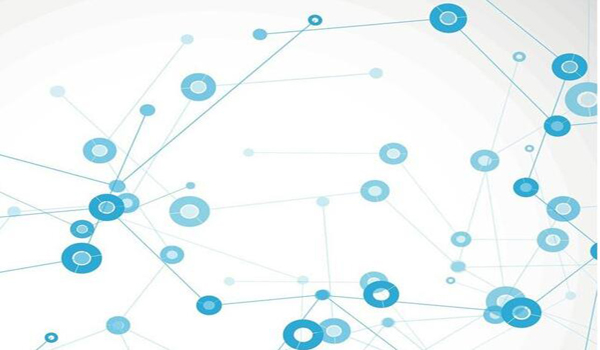The new 5G IoT technology will not completely replace 4G IoT, and the latter will not be completely withdrawn from the network like 2G in the short term. It is a long-term process for new technologies to become standards from discussion to implementation. Before that, 4G IoT will be widely used. The field of Internet of Things involves various scenarios, and the needs are inevitably diverse.


Rel-15 Internet of Things
3Gpp (Rel-15) currently has 2 IoT standards.
One is eMTC based on simplified LTE design, and the other is completely redesigned NB-IoT. Each of the two standards has its own focus and is aimed at different applications.
eMTC supports mobility, voice, medium rate, and delay of 100ms. The main applications are wearables, POS machines, dispatching, billboards and other scenarios with certain speed and delay requirements.
NB-IoT has weak support for mobility, does not support voice, has a low rate, and has a delay of seconds. Its advantages are deeper coverage, ultra-low cost, ultra-low power consumption, and a large number of connections. The main applications are meter reading, environmental monitoring, smart locks and other low-speed and low-interaction frequency scenarios.


Comparison of key indicators between eMTC and NB-IoT
Rel-16 Internet of Things
3Gpp Rel-16 will continue to use 4G IoT (eMTC and NB-IoT) in the early stage, using in-band deployment. The purpose of continuing to use existing standards is to make full use of the assets and heavy investment in 4G IoT, while also leaving time for the development of new 5G IoT standards.
The reason why it can be deployed in the band is that the NR subcarrier spacing is 15KHz multiplied by an integral power of 2, which is exactly an integer multiple of 4G IoT. Therefore, the two waveforms can coexist well in orthogonal/in-band without interfering with each other.
In addition, the 4G IoT wireless network part is not sensitive to the core network and can be connected to the 5G core network for use.


Deploying eMTC and NB-IoT in the 5G eMBB frequency band
Rel-16 Internet of Things
3Gpp is discussing more advanced new physical layer technologies for IoT in later Rel-16 and subsequent versions. These technologies include:
(1) NOMA – Non-Orthogonal Multiple Access


The time-frequency domain resources of different users are non-orthogonal
(2) Grant-free Uplink – Scheduling-free uplink
(3) Mesh-networking – mesh network/multi-hop network


Mesh network
The goal of new technologies is higher performance and efficiency, such as: one million connections per square kilometer (NOMA), deeper coverage (Mesh), lower power consumption, etc. (Grant-free UL).
In short, 4G will exist for a long time, and coupled with the long replacement cycle of IoT devices, 5G IoT is likely to become the technology of choice in certain scenarios, fill gaps in specific needs, and coexist with 4G IoT for a long time.